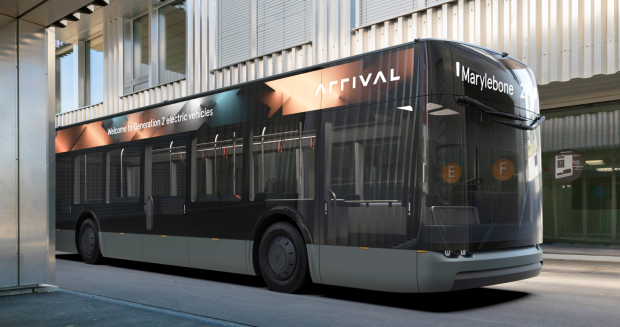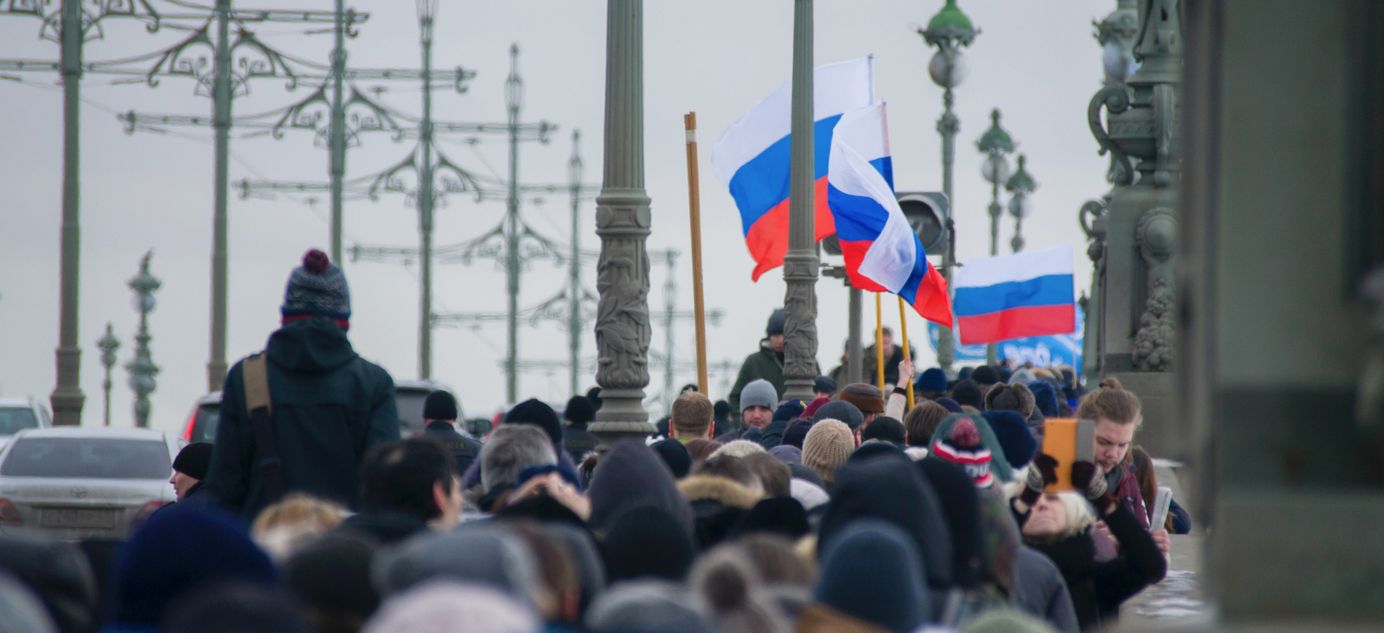
Russian electric vehicle start-up greenlighted for $5.4bln listing
Perhaps the biggest Russian business event in the U.S. this year took place Friday when electric vehicle manufacturer Arrival got the go-ahead for a merger that will allow the company to list in New York with a valuation of $5.4 billion. That’s a lot for a company that — so far — is only producing prototypes and has just one major client. The Bell looked in detail at how a former deputy minister in the Russian government has taken an electromotive start-up into the big league of global business.

- Arrival manufactures electric vehicles for public transport and light commercial use. The plan is to launch an entire line of vehicles by the end of 2023, and the following year the company hopes to be building 168,000 vans. Arrival’s most promising model is its most ambitious: a mid-range electric van weighing about two tons and capable of covering 300km without recharging. U.S. logistics giant UPS has already placed an order for 10,000, and Arrival plans to earn around $1 billion from selling this model. However, the vehicle is currently still in the trial phase.
- According to Arrival, the vans will be lighter, more spacious and more energy efficient than its main rivals: the Ford Transit and Mercedes Sprinter. Priced at $40,000, it’s roughly half the price of the electric vans currently on the market.
- To manufacture its vehicles, Arrival is planning a network of ‘micro-factories’ that are about half the size of a traditional car plant, can be built in six months, need just a few hundred staff (compared with thousands at traditional auto factories), and will deliver over 10,000 electric vehicles a year. Three of these are under construction in the U.S. and one in the United Kingdom.
Who is behind it?
Denis Sverdlov gained fame as the head of Russian telecoms operator Yota. One of his innovations was a two-screen smartphone, which was presented to then-president Dmitry Medvedev as Russia’s answer to the iPhone in 2013. However, it never reached the production lines. By the time the prototype was unveiled, Sverdlov had already moved on. He was appointed deputy communications minister in 2012 and remained in post for just over a year before resigning — to be in line with new legislation preventing officials from owning foreign assets (Sverdlov owns property in France where his family lives).
After quitting the government, Sverdlov set-up the Kinetik venture fund in Luxembourg and Arrival became the first project in the fund’s portfolio. Since being established, Arrival has attracted hundreds of millions of dollars in investment: BlackRock investment fund stumped up $118 million last year, and a further $110 million has been put in by Asian auto manufacturers Hyundai and KIA.
What’s the catch?
Like everyone in the electric vehicle market, Arrival faces questions about whether it can scale up production and if it has overestimated demand. At present, there are more than 10 electric vehicle developers valued at over $1 billion — but, so far, not one has launched a fully-fledged sales program. This hasn’t stopped them announcing highly ambitious plans.
Experts told The Bell that there are several unanswered questions about Arrival: does the company have a unique technology that sets it apart from its rivals? Will these micro-factories deliver? Can a fledgling survive if a giant like Tesla muscles into the market?
Why the world should care
The electric vehicle market may well be overhyped, but ultimately it’s the future. Arrival’s U.S. listing means there’s now a Russian player joining the battle between big auto manufactures and start-ups.



